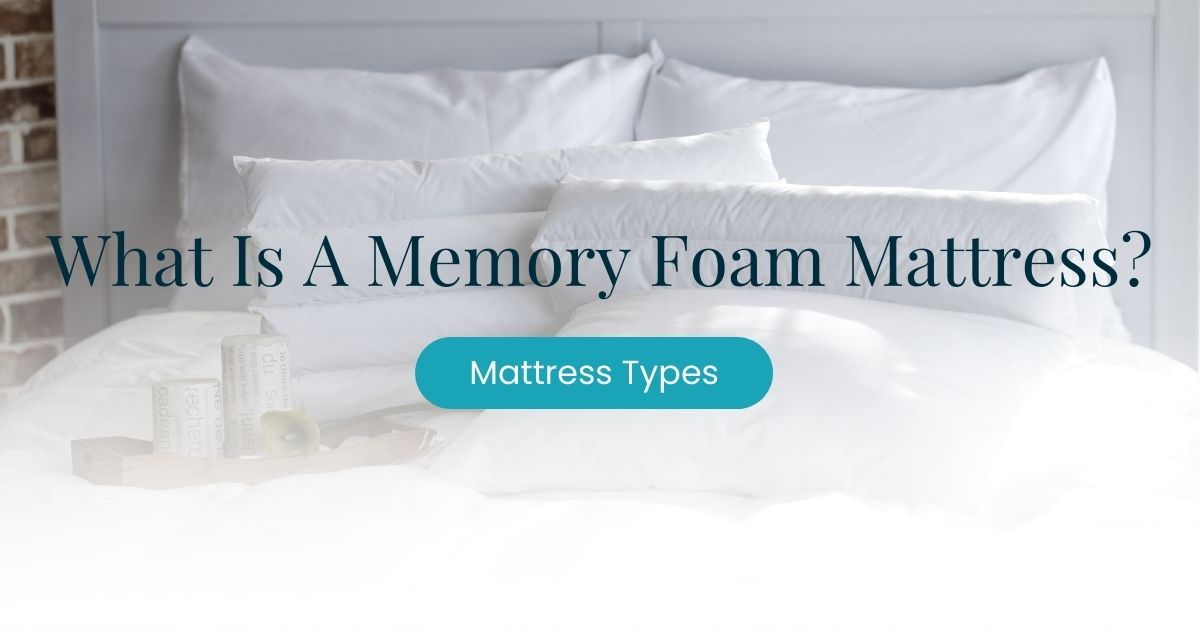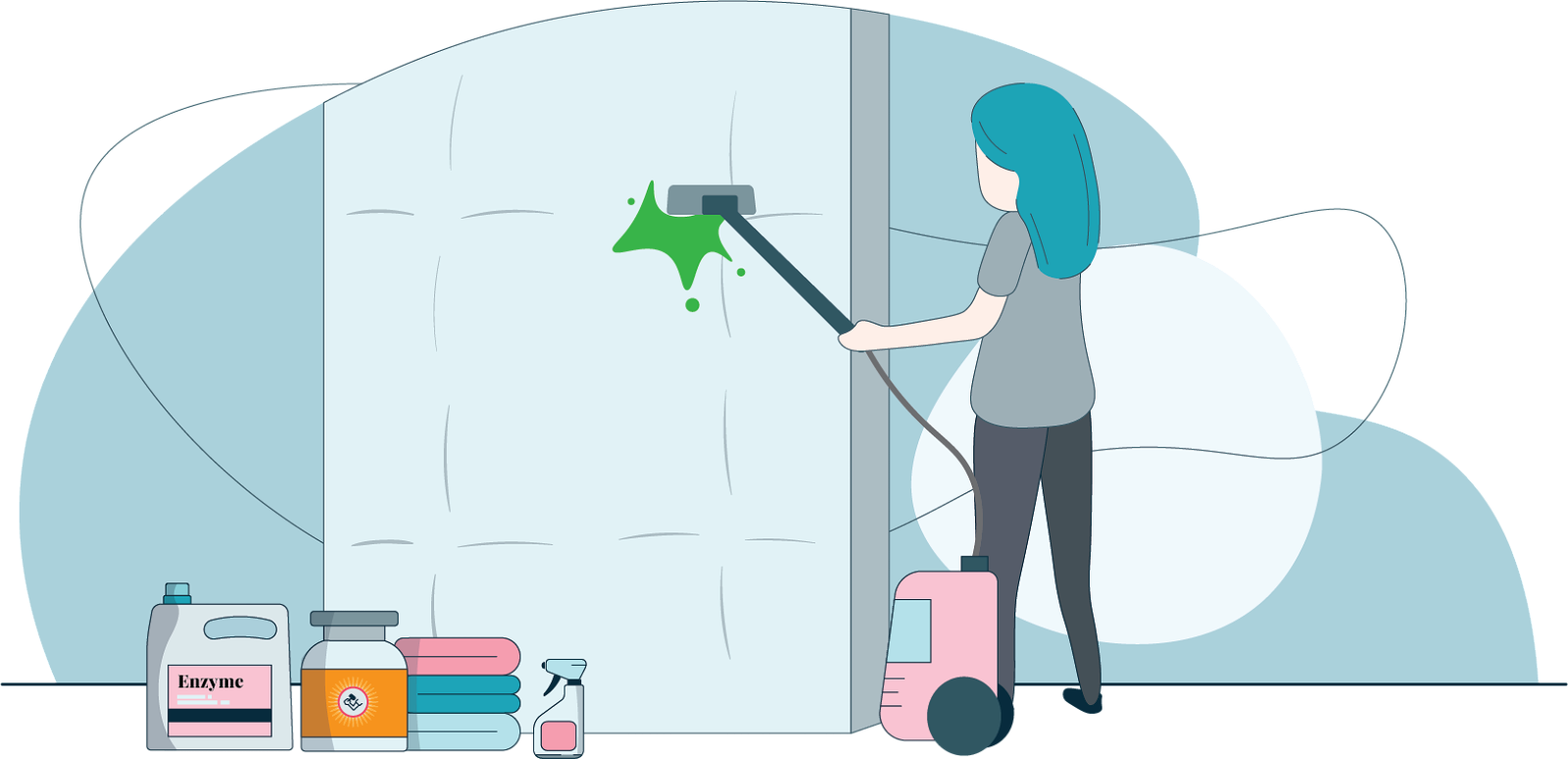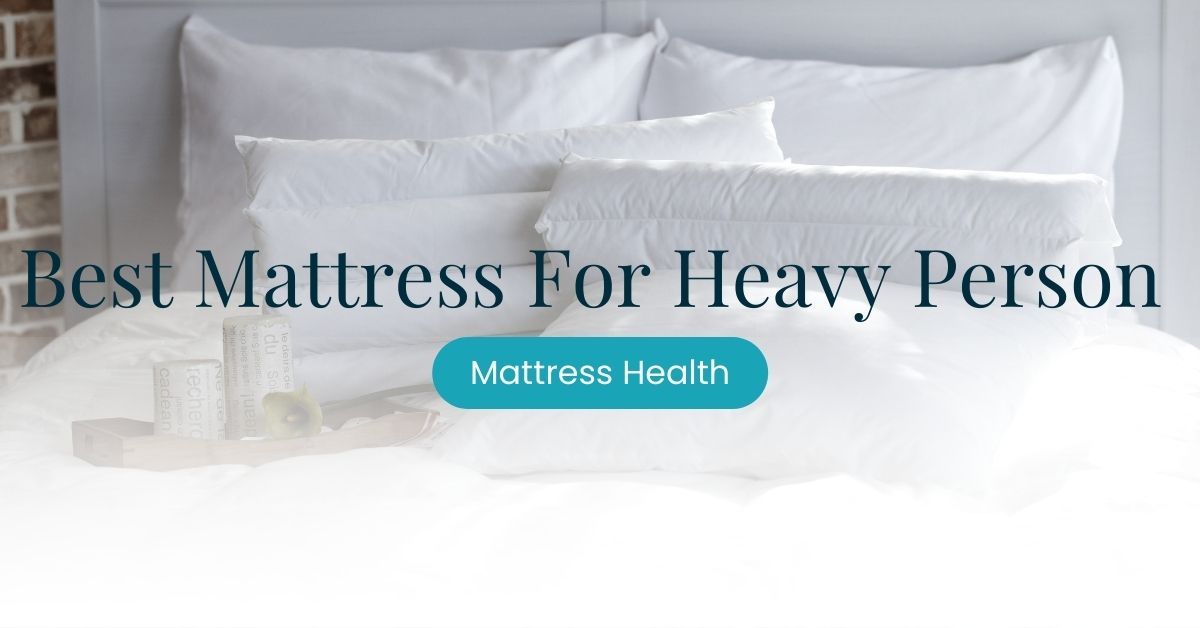Are you searching for a new mattress topper? It’s hard to choose with many mattress topper types, each with distinct materials and features. And, what happens if you buy the wrong one?
Buying a mattress topper that’s not suitable for your sleeping preferences is not just a waste of money but also a waste of time and energy. Imagine calling the manufacturer endlessly just to get a replacement or a refund. You can also miss out on the better ones. It’s a hassle, right?
But don’t worry. We’ll cover the different types of mattress toppers: from the material used to the individual features and benefits of each mattress topper type to help you sleep better.
Read on down below!
Types of Mattress Toppers
There are many types of mattress toppers, but they’re classified into two: foam types and natural types. Memory foam, latex foam, and polyfoam mattress toppers comprise the foam classification.
While down and feather mattress toppers and wool mattress toppers make up the second classification. We’ll dig into them further down below:
Memory Foam Mattress Toppers
Memory foam mattress toppers are probably the most famous type of mattress toppers.
This mattress topper type is a compound material primarily made from viscoelastic polymer polyurethane, a breakthrough material developed by NASA. It was developed to aid comfortable landing for astronauts travelling in space.
The viscoelastic property of memory foam is the main reason it’s called memory foam. The viscosity of the foam makes the topper remain intact under pressure, and the foam’s elasticity makes the topper bounce back to normal after sleeping on it for several hours.
A common problem with memory foam mattress toppers is their heat retention property. Because memory foam is dense, air cannot pass through the foam, and heat is trapped inside, making you feel warm. Another problem is that memory foam topper are hard to clean.
This mattress topper has different variants:
- solid memory foam
- egg-crate memory foam
- anti-microbial memory foam.
Though these variants depend from manufacturer to manufacturer, they might name it differently.
Memory Foam Pros and Cons
Pros
- It gives you good pain relief, especially for back pain, giving you a healthy sleep
- Durable because of its dense foam
- Impact and pressure absorption, leading to more comfort
Cons
- Memory foam retains heat since it contours to your body, leading to a sweaty night.
- The material releases a pungent chemical smell when unpacked
Latex Foam Mattress Toppers
Latex foam mattress toppers are among the most sought-after mattress toppers. They’re derived from the sap of rubber trees. It is manufactured on the Dunlop or Talalay manufacturing process.
What are Dunlop and Talalay latex? They are two distinct manufacturing processes. Let us elaborate:
- Talalay is a more intricate manufacturing process, and the byproduct is a softer and breathable latex material than Dunlop. Though Talalay is pricier than Dunlop because of the extensive manufacturing nuances.
- On the other hand, Dunlop is a quicker and easier way to produce latex. The end result is a more durable, firmer, and denser latex material. Since Dunlop doesn’t need a more extensive manufacturing process, it’s cheaper than Talalay.
Latex Foam Pros and Cons
Pros
- Latex foam is more breathable than memory foam
- Latex foam is hypoallergenic, which means it’s resistant to dust mites
Cons
- Higher price than synthetic foams
- Has the same pungent smell as memory foam when unpacked
Polyfoam Mattress Toppers
Polyfoam mattress toppers are almost the same as memory foam mattress toppers. The only difference is that polyfoam has a spongy feel and texture compared to memory foam. It takes seconds for the material to recoil to its natural state, like memory foam.
This mattress topper is also made with fewer chemicals during the manufacturing process than memory foam which is eventually reflected in its final selling price.
Polyfoam mattress is available in plain and augmented polyfoam, which features anti-microbial properties, gel beads for cooling, and other material features.
Polyfoam Pros and Cons
Pros
- Since the material has a spongy feel and structure, it is breathable
- It’s cheaper than memory foam
Cons
- Have a short lifespan of approximately 2 years
- A noticeable pungent smell straight out of the package
Down and Feather Mattress Toppers
Down and feather mattress toppers are made using a duck’s or a goose’s down (the soft feather beneath them that insulates them from the coldness of the water) and their feathers.
With this in mind, there are no chemicals involved, and the down and feathers are thoroughly sanitized before making their way into the mattress topper. These mattress toppers are also hypoallergenic and good for allergy and asthma sufferers.
Getting a down and feather mattress topper should be your go-to choice if you want a natural and hypoallergenic solution.
Down and Feather Pros and Cons
Pros
- The fluffiness of the material improves total comfort
- Breathability is ensured as the down and feather move inside the topper freely
- Good for hot sleepers.
Cons
- Have a short lifespan of approximately 2 years, especially when not properly looked after
- Prone to lumps and uneven surfaces popping up, but can be corrected by fluffing
Wool Mattress Toppers
Wool mattress toppers are rare in the market. Still, once you’ve laid your hands on one, we suggest not letting it go, especially if you love sleeping in the perfect balance of temperatures.
Wool is lightweight and soft, so your mattress topper may skid or slip occasionally. But these do come with straps to secure their position.
If it’s escaped you, wool comes from sheep, so they’re all-natural, with no chemical additives.
Wool Pros and Cons
Pros:
- Softness and fluffiness are ensured since wool is soft to the touch
- Good temperature control (this is what keeps sheep cool on warm days and warm on cold days, after all)
- All-natural material
Cons
- There’s a noticeable sheep smell, and this may take several weeks to clear up
- Pricier than most mattress toppers
Newer Types of Mattress Toppers
Aside from the traditional types of mattress toppers we’ve mentioned, here are newer types of mattress toppers:
- Gel Memory Foam Mattress Toppers – these toppers are made with plain memory foam with the added cooling comfort of gel beads. These gel beads reduce the heat retention of the topper, so you enjoy a cooler night of sleep.
- Dual Layer Memory Foam Toppers – these toppers feature two layers: a memory foam core and fiberfill (made from polyester) padding.
- Bamboo Mattress Toppers – these toppers are made from the fibres of bamboo. They are incredibly breathable and eco-friendly as bamboo shoots are renewable. Fun fact: bamboo shoots can grow at an incredible height of 35 inches per day!
How to Choose The Best Mattress Topper?
There are no foolproof ways to choose the very best mattress topper. After all, numerous factors can hinder your way to selecting the very best. We’re talking about price points, product availability, personal preference, and medical conditions.
But as a starting point, choosing the most suitable mattress topper for you is simple. Answer some of these questions so you will be able to come up with a decision:
- Do you want a soft mattress topper, or perhaps a firm one?
- Do you want a thicker and larger mattress topper?
- Do you have a low tolerance for heat? Do you need cool mattress toppers?
- Do you have back pain, neck pain, or shoulder pain?
- Do you have the budget to go for pricier and premium ones?
- Do you have allergies and/or asthma?
- Do you want a mattress topper with anti-microbial properties?
- Do you have the diligence to maintain and clean your mattress topper no matter how tedious it is?
How to Care For a Mattress Topper?
Caring for a mattress topper needs diligence and discipline. After all, it’s a significant health investment directed towards your sleeping routine. Follow these tips to properly care for your mattress topper:
- Use a mattress topper protector. These materials are usually waterproof, protecting your bed from extreme sweating, bedwetting, blood, vomit, and spilled drinks.
- Avoid eating and drinking in bed. Eating and drinking in bed increase the chances of staining your mattress topper. Eat at your dining table or invest in a bedside table to reduce the chances of spilling food and drinks.
- Always look for manufacturer’s labels. Like your precious clothes, mattress topper manufacturers give you a handling guide in the form of tags and labels. Follow them thoroughly, and expect your mattress topper to last longer than its lifespan.
Frequently Asked Questions
What’s the Difference Between a Mattress Pad and Mattress Protector?
A mattress pad is a thin layer of fabric, commonly made with cotton, that aims to improve the comfort of your mattress. Whereas, a mattress protector is usually made from a waterproof material that protects your mattress topper, mattress pad, and mattress
This means that the primary duty of a mattress pad is to give you a softer feel of your bed, and it doesn’t offer your bed protection from staining and odour.
For a mattress protector, think of it this way: imagine a motorcycle helmet. The hard shell outside is the mattress protector protecting you from the rain, sand, debris, and dirt. While the soft foam on the inside is the mattress pad that gives you extra comfort from pressure. We do hope this makes sense.
Do Mattress Toppers Make Your Bed Softer?
Yes, the primary purpose of mattress toppers is to alter the feel of your old mattress. Mattress toppers vary by material and feel. If you want to make your bed softer, you can opt to buy soft and plush mattress toppers such as down and feather mattress toppers.
Do Mattress Toppers Make Your Bed Firmer?
Yes, mattress toppers can make your bed firmer. But it depends on the material being used. If you want to make your bed much firmer, you should buy firm and higher density mattress toppers such as latex and memory foam. This also helps with reducing the risk of the topper sliding off your bed.
How Long Do Mattress Toppers Last?
Mattress toppers have different materials and features. Thus, they also have different lifespans. On average, mattress toppers last anywhere from 2 years to 5 years max, regardless of type. But for the sake of specificity, let’s explain further:
- Memory foam mattress toppers commonly last for 3-5 years.
- Latex foam mattress toppers commonly last for 3-4 years.
- Polyfoam mattress toppers commonly last for 1-2 years.
- Down and feather mattress toppers commonly last for 1-2 years.
- Wool mattress toppers commonly last for 3-5 years.
These approximations, however, are not absolute. And a mattress topper, no matter the material, can age well beyond the 5-year lifespan when taken care of properly.
2 Sources
- Alsaadi SM, McAuley JH, Hush JM, Maher CG. Erratum to: Prevalence of sleep disturbance in patients with low back pain. Eur Spine J. 2012;21(3):554-560. doi:10.1007/s00586-011-1954-8
- Hui Mei, Evelyn Lim & M.Y, Amir. (2011). Soft and slow recovery latex foam rubber. Malaysian Rubber Technology Development. Special edition. 61-62.





